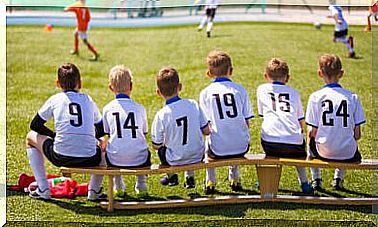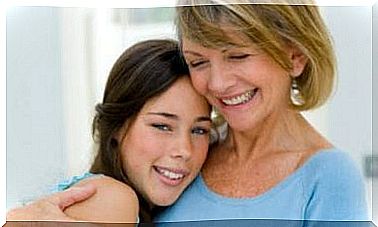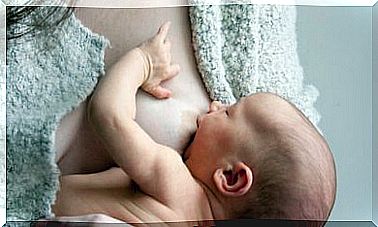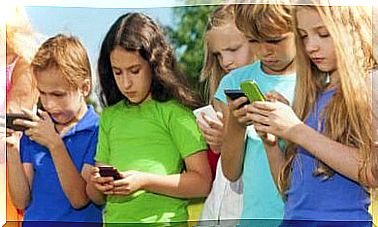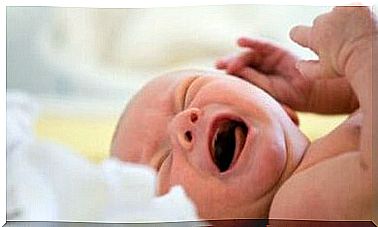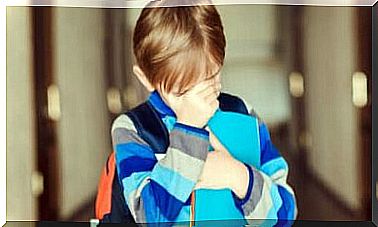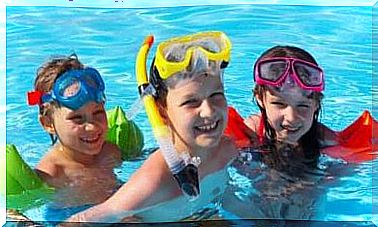Fear In Childhood
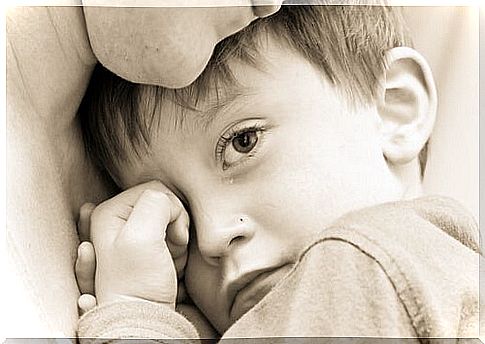
Childhood fear represents a universal and ubiquitous phenomenon in all cultures. The only explanation for this regularity is that fear has an important adaptive value component for children.
On a small scale, these feelings of fear in children are always unpleasant. Despite this, they can fulfill a survival function, such as adapting to a situation considered dangerous by the child.
At the same time, when fear has nothing to do with a real cause, it can significantly alter the child’s ability to face everyday situations.
There is no doubt that fears are evolutionary and normal at a certain age. As a child grows and their psychological system matures, the natural tendency is for the fears to progressively disappear.
Despite all this, in some cases these fears can remain for a while, causing inconveniences that need professional care.
Origins of fear in childhood
1.- Patterns in the family
Parents who tend to be fearful or who have a history of anxiety disorders tend to have children with fears or anxiety in greater proportion than parents who are not or do not have this type of history.
2.- Negative information
Negative information about a specific situation or stimulus can be a source of fear. The ability to believe will be conditioned by what is most relevant to the child and the person issuing the information.
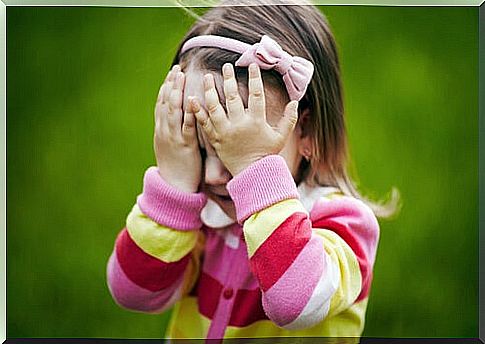
3.- Direct learning
There is a kind of fear that is acquired through direct learning, as is the fear of not being able to breathe. This is the case for children who have had asthma attacks or who have woken up suddenly at night with the feeling of not being able to breathe.
4.- Conditioning
Another way of acquiring fears is through conditioning. Let’s imagine a child who when he was younger suffered significant burns while playing with a firecracker that exploded in his hands. Probably, the mere sight of a firecracker or its noise will cause a lot of fear.
5.- Unpleasant experiences
Finally, we include other unpleasant or traumatic life experiences as a possible source of fear, such as witnessing abuse, fights or situations that cause emotional impacts (accidents, death of a relative, etc.).
At worst, these fears can cause more serious clinical disorders, such as specific phobias, generalized anxiety, or post-traumatic stress.
How to face fear in childhood?
When fears are more severe, persistent and significantly alter the normal rhythm of the child’s life in their family, school or social environment, we may be dealing with fears that should be the object of specialized treatment.
Follow the following advice to face fear in childhood:
Live the situation normally
You must not show concern or distress. Remember that children often internalize behaviors and perceive their parents’ emotional state.
Don’t force the child to do what makes them afraid
When it comes to fears that significantly affect the child’s development and daily life, it is necessary to draw up an intervention plan with the aim of helping them.
guide your son
Some psychological techniques use the so-called emotional enactment, in which the child’s various approaches to the object or situation that cause fear occur accompanied by previous instructions.
In these situations, the child must assume the role of helper or collaborator of some fictional hero of their choice . This is the most used psychological treatment for anxiety disorders, fears and phobias.
Act on the model
A parent can perform the dreaded behavior (for example, staying in the bedroom with the lights off) to show the child that nothing bad will happen. However, it is most effective when the model is the same age as the child.
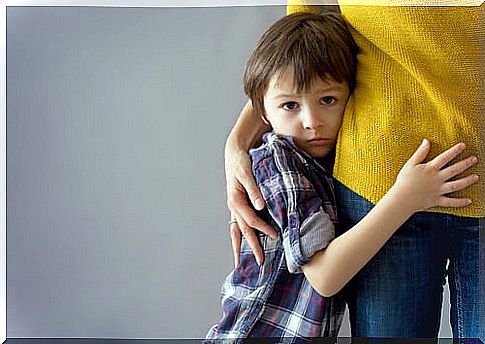
don’t ridicule the child
Always avoid ridiculing the child for their fears, especially in front of other children . Attention should be directed to possible solutions, not punitive consequences.
Anxiety
In relation to fears, anxiety is usually also talked about, as it is present in all processes. The term is used to highlight the important psychophysiological changes that occur in children’s bodies when they feel intense fear.
This state of activation can occur when faced with a specific stimulus (a phobia) or also in the absence of any stimulus. The child simply feels the anguish, but is not able to describe the causes as they are so diffuse.
In short, you shouldn’t be concerned if your child has fears in childhood, as this is normal and shouldn’t be a cause for concern as long as it’s not exaggerated. Use the advice above and help your child to overcome their fears!
